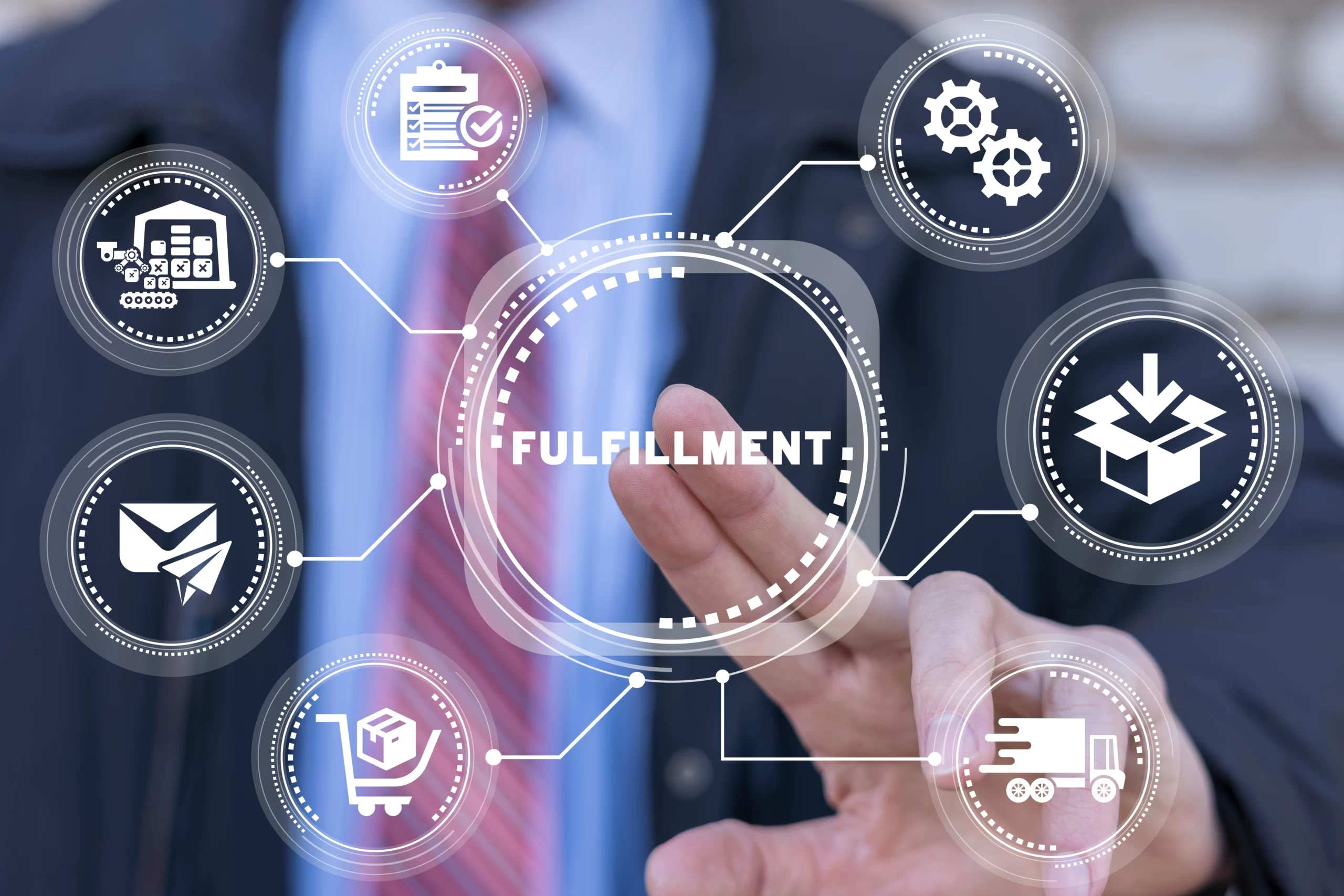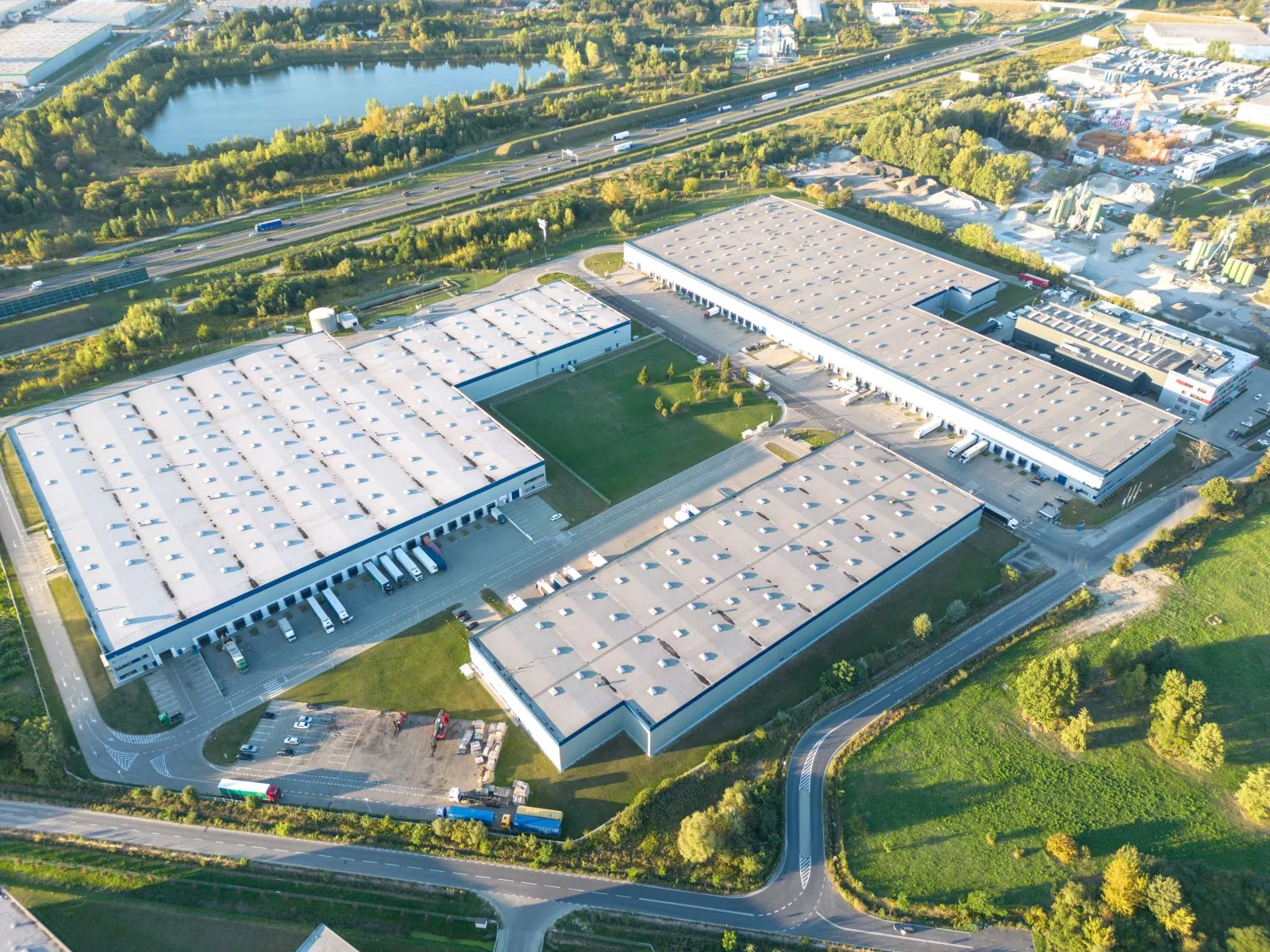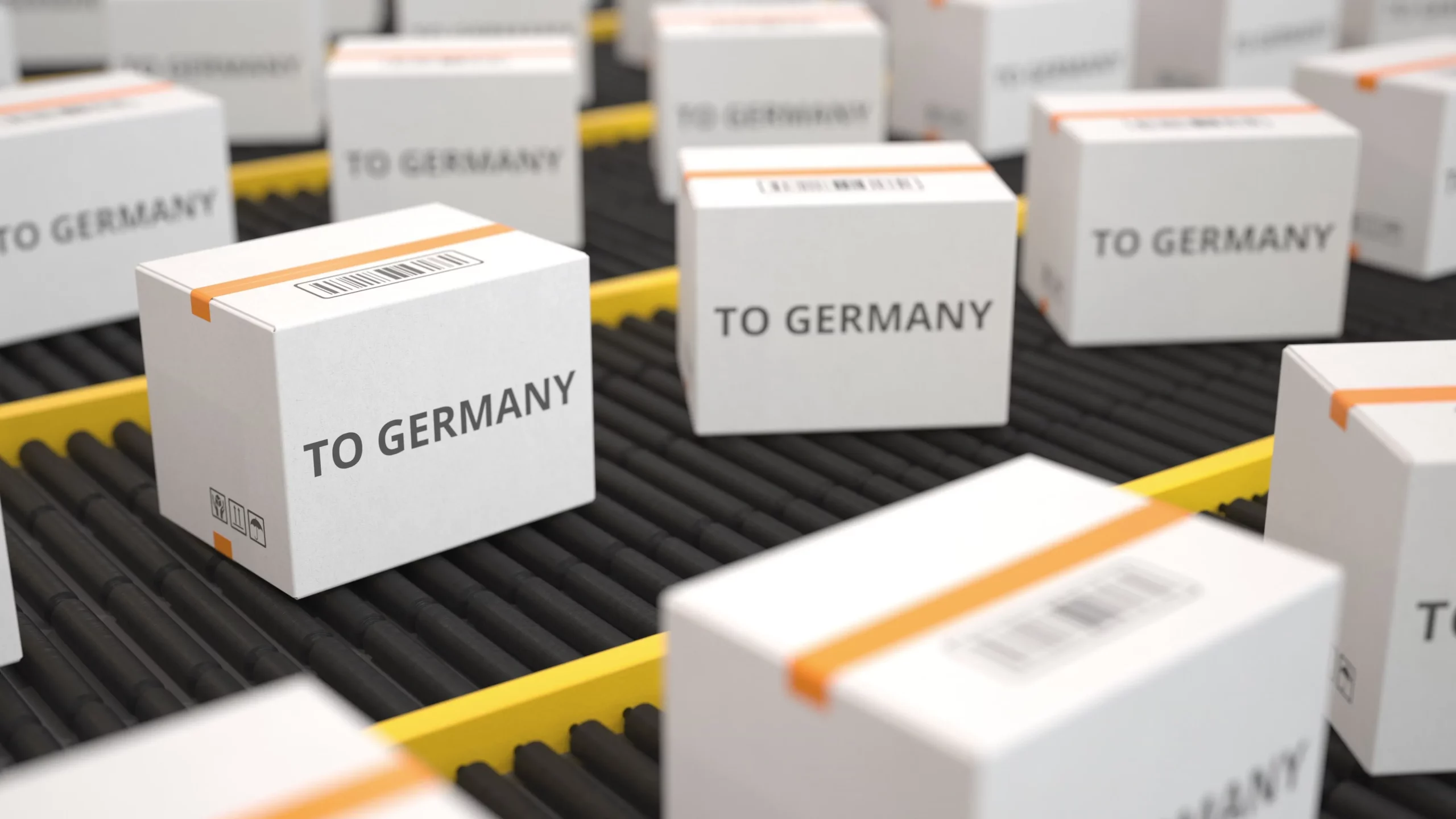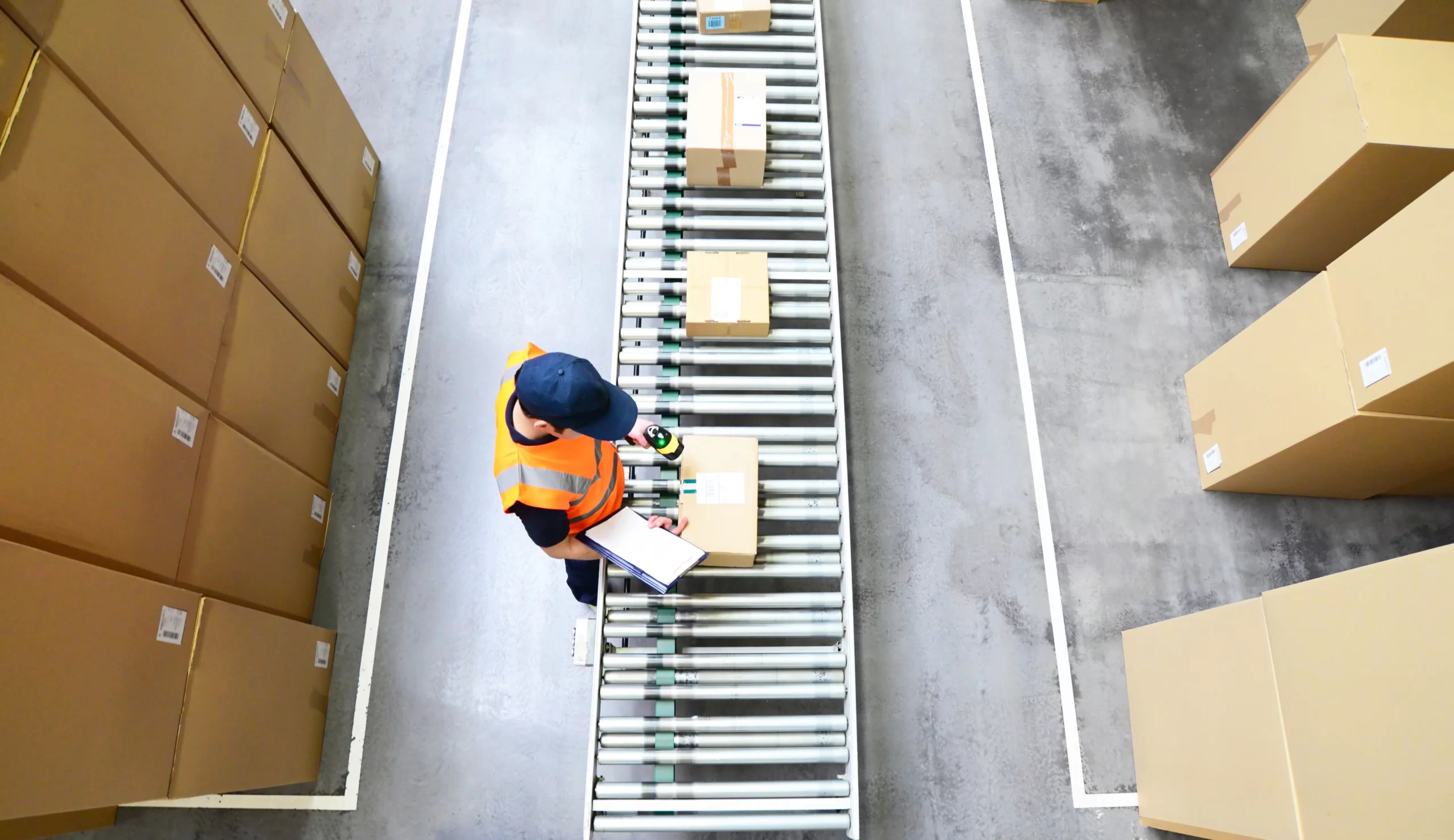The word “fulfillment” means ” implementation” and “completion”. In general, it means the implementation of a task or commitment. In a commercial or logistics sense, the term “fulfillment” is often used to refer to the process from storage to packaging and delivery of an order received by an e-commerce business.
For e-commerce businesses, fulfillment is a process that covers the packaging, labelling, shipment, delivery to the customer, return process and customer service process of the orders they receive online. Fulfillment is the aggregation of all of these operational processes of e-commerce in one system.
What are the advantages of getting fulfillment services?
E-commerce businesses can manage the fulfillment process themselves or they can get this service from logistics companies that offer it professionally. Today, most e-commerce businesses tend to prefer to get fulfillment services from service providers. Because thanks to the fulfillment service, e-commerce businesses experience a faster and smooth process in the processes of meeting orders, packaging, labelling and shipping required by the order. They gain good impressions of their customers with fast and smooth delivery. The workload of e-commerce companies that get fulfilment services is reduced, operational costs are lowered and they also prevent disruptions in the operational process.
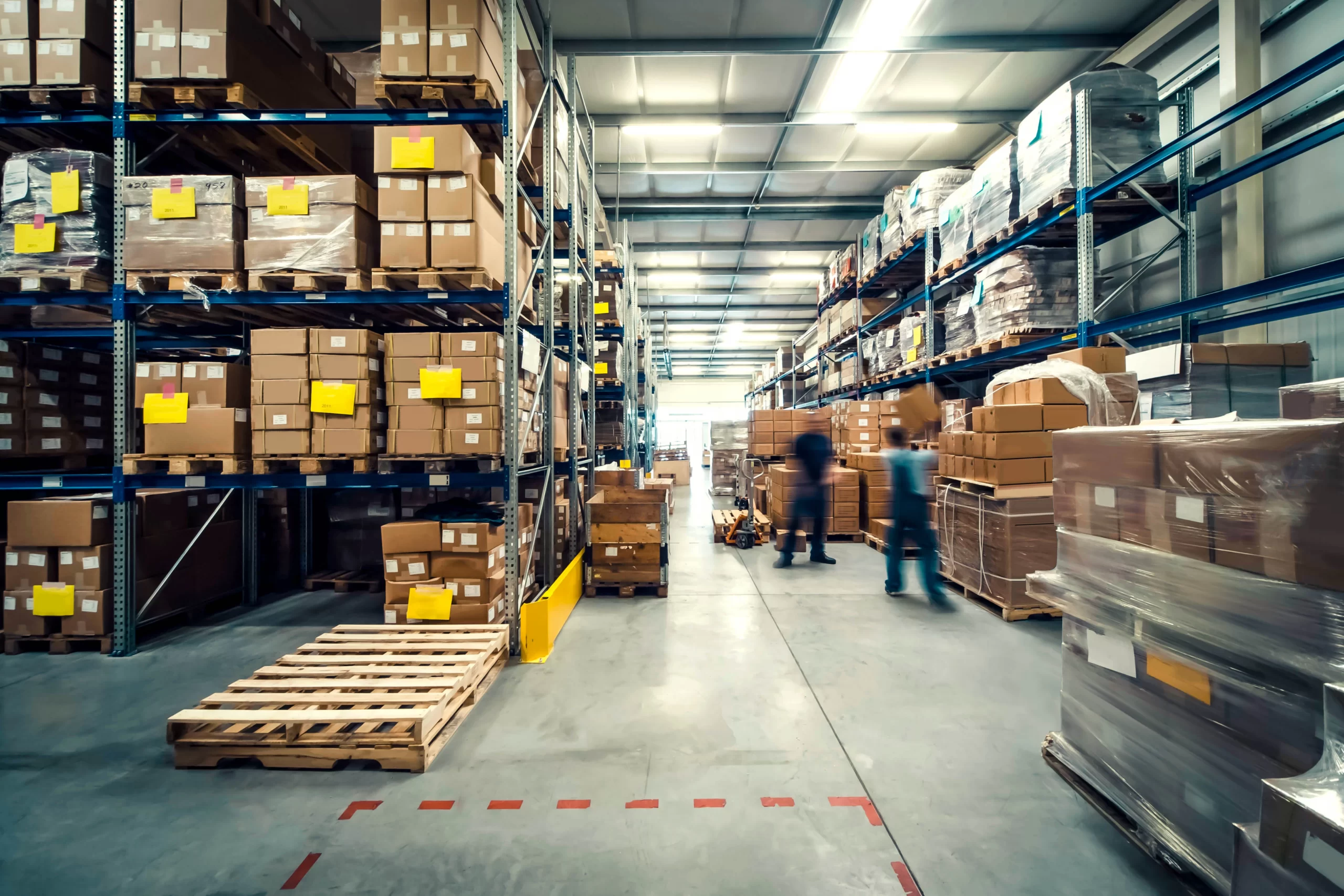
What are the stages of the fulfillment process?
The fulfillment process in e-commerce starts when an online sales order is received and lasts until this order is delivered to the customer. There are certain stages of this process. All of these stages are interconnected and when they work flawlessly, you will be successful in e-commerce.
Let’s list the stages of the fulfillment process;
1. Storage and stock management
Warehouse and stock management is the most important initial stage of the fulfillment process. E-commerce businesses store their products ready for sale according to the needs of the product and keep their stocks. In areas used as warehouses, there are usually tools such as transport equipment, packaging materials and stock counting tools.
2. Order intake
Customers order products or services through e-commerce platforms or websites of businesses. The order detail includes important details such as customer information, product information, product quantity and delivery address.
3. Order Picking
Picking of the products in the order. All parts of the products in the order must be picked completely. Since the storage of multi-part products may be in different places, it must be ensured that all parts of the ordered product are collected together completely.
4.Packing of the order
The collected products should be packed using appropriate and safe packaging materials. For example, the packing of fragile products during the transport process should be done with a package containing ‘fragile’ warnings. In order to prevent any damage to the product in the cargo, a suitable packaging should be made for the product. In addition, product packaging can also be made as a gift package upon request. Gift notes, thank you notes, promotional products, brand or product promotional inserts, etc. can also be added to the package upon request.
5. Labelling and preparation
Packages are labelled with information such as customer address, shipping information and barcode. This stage is critical for accurate delivery.
6. Shipping and transport
The packages are sent using the chosen method of transport (e.g. courier or general cargo). A tracking number is sent to the customer to inform them about the delivery process. This allows the customer to track the whereabouts of their order. In addition, it can work with multiple cargo companies depending on product sales volume, cargo company distribution network, etc. without dependent on a single cargo company.
7. Delivery and customer service support
The delivery process ends after the customer received the product. Customer contact support should provide comprehensive customer service support through e-mail, call or answering the customer’s questions and providing the necessary guidance to the customer for possible returns or product changes during this process and after delivery.
8. Return and exchange procedures
It is the process of making this transaction according to the return conditions and refunding the customer when the customer wants to return or exchange the product.
All these stages constitute the basic fulfillment process.E-commerce businesses should use methods such as technological tools, data analytics and strategic planning to optimise this process and to ensure customer satisfaction. Dealing with each of these processes creates workload and high costs for e-commerce businesses.
For such reasons, you can facilitate the fulfillment process smoothly and at lower costs by contracting with fulfillment service providers.
With our fiCommerce technological e-logistics services, we take fulfillment processes to the next level in your brand’s e-commerce journey, increase your operational efficiency and ensure your success in both marketplaces and customer satisfaction.
We manage your brand’s e-commerce logistics processes from start to finish with our 14 different warehouses in Turkey, Germany, Poland, the Netherlands and the United Kingdom. We offer solutions including goods acceptance of products, preparation of orders, delivery to the customer and return.
Contact us to discover our e-commerce logistics fulfillment services in Turkey and abroad.
Related content:

